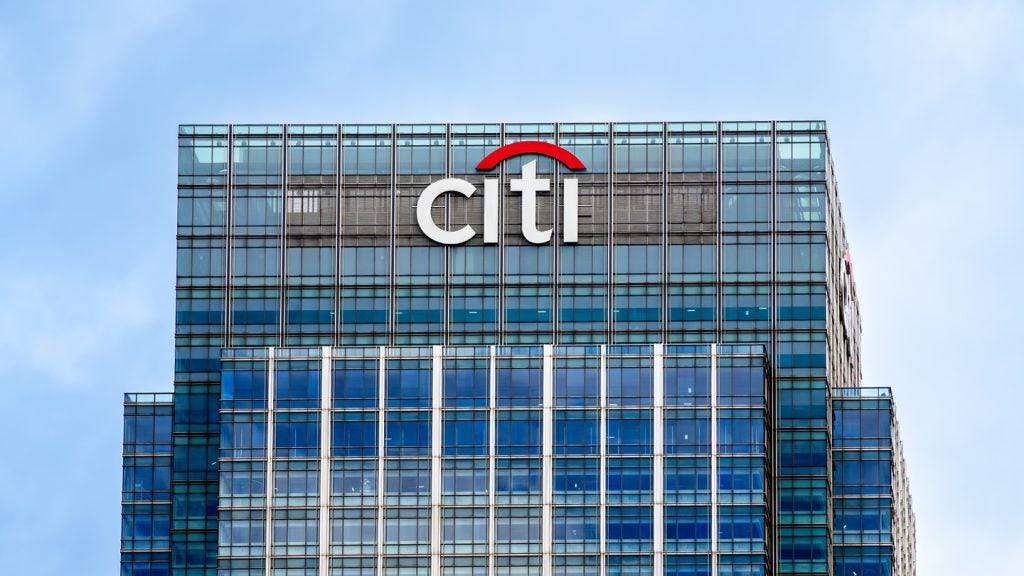Corporation has published the results of a major investigation into
the use of overdrafts by retail banks in the US. Despite using data
from 2006-2007, the survey has been released at a time when
consumer – and political – interest in ‘unfair’ banking fees is
growing. Dan Jones reports.

Penalty fees on non-sufficient fund transactions (NSFs)
accounted for approximately 6 percent of total operating revenue
for the 1,171 banks supervised by the Federal Deposit Insurance
Corporation (FDIC) in 2006, according to new figures from the
regulator. The figures show that a majority of FDIC-supervised
banks automatically enrol US consumers in overdraft programmes,
sometimes without providing an opt-out facility. The median
overdraft fee was $27 per customer, the study added.
The banks surveyed earned $1.97 billion in NSF-related fees in
2006, according to FDIC estimates. This figure would account for 74
percent of all service charges levied on deposit accounts by banks
over the same period, and 6 percent of total net operating revenue
earned.
Of this figure, $1.77 billion, or 90 percent of all NSF-related
income, was earned through automated overdraft programmes (AOPs),
which use standardised procedures to determine whether a customer
can be covered by an overdraft. The study found that 75.1 percent
of those surveyed automatically enrolled customers into AOPs.
The prevalence of such programmes was a key theme of the study,
which noted that “the share of all banks offering automated
overdraft programmes was 40.5 percent, but large banks were also
more likely to operate automated overdraft programmes (76.9
percent), suggesting that a significant share of customer
transaction accounts operated under automated overdraft
programmes”.

US Tariffs are shifting - will you react or anticipate?
Don’t let policy changes catch you off guard. Stay proactive with real-time data and expert analysis.
By GlobalDataThe majority of banks – 69.4 percent – began operating AOPs
after 2001, the FDIC said. The relatively newfound popularity of
such schemes meant that there was previously “little empirical
data… available on these programmes – their features, their
managing practices, the fees imposed, and consumer usage
patterns”.
In such cases, customers were usually permitted to opt-out,
though a minority of banks did not permit either the option to
either opt-in or opt-out. Yet 94.7 percent of institutions dealt
with linked accounts – cases where customers had agreements for
banks to extract funds from their savings or other accounts
following an NSF – on an opt-in basis.
A new dimension
Originally commissioned in 2006, the report takes on a new
dimension given the seismic economic and political changes seen in
the US over the intervening period. Though public resentment of
overdraft charges has yet to reach the levels seen in the UK
(see RBI 591), the FDIC study is published at the
beginning of what is likely to be an era characterised by increased
scrutiny of banking practices.
Though the key industry issues of 2008 have centred on the
question of banking stability and the withdrawal of lending
activities, the topic of overdrafts has not remained off the
agenda. The survey is the latest contribution to a growing debate
on overdraft fees in the US, following proposals made by the Office
of Thrift Supervision (OTS) earlier this year.
Following a nine month consultation period, the OTS in May
proposed rules that would prevent institutions from assessing
overdraft fees unless they provided a consumer with “the right to
opt out of payment of overdrafts; a reasonable opportunity to
exercise the opt-out; and the consumer did not opt out”.
The OTS also proposed that institutions offer a partial opt-out
system for ATM and debit card transactions; however, some industry
figures have suggested that this would be technologically
unfeasible.
A micro-level study of 39 of the banks which participated in the
FDIC survey found that young adults and low-income consumers were
more likely to be affected by bank overdraft policies. Among
accounts held by those aged 16 to 25, 46.4 percent were likely to
have incurred NSF activity, compared with 31.9 percent of accounts
held by adults aged 25 to 62. Some 16.7 percent of low-income
customer accounts had 1 to 4 NSF transactions, compared with a rate
of 13.9 percent for moderate-income consumer accounts.
The FDIC noted that the sample was non-random and thus “the
results are not generalisable”, but the findings, nonetheless, will
not help sentiment towards the banking industry, which may yet have
to adjust to new restrictions placed on its income streams.









